What Doctors Missed in My First Year of Life: How Ehlers-Danlos Syndrome, Sjögren’s, and MCAS Hid in Plain Sight—and What I Wish Someone Had Told Us Then
This post contains affiliate links, which means I may earn a small commission if you shop through them—at no extra cost to you. I’m partnered with Amazon, Walmart, and other brands through programs like Collective Voice and Mavely. I only share products I truly love or think you’ll find helpful.
🧶 Introduction
I used to think my itchy ears were just a childhood quirk. Not just a little itch—a burning, crawling sensation that started at my earlobes and tunneled deep into my throat. I’d rub and tug until I cried, but no one knew what to make of it. It was chalked up to quirks, not clues.
Now, 47 years later, I’ve finally solved the medical mystery that shaped my entire life. It turns out the symptoms that were dismissed as allergies, asthma, or “just how we are” were actually early signs of three complex, overlapping conditions: Ehlers-Danlos Syndrome (EDS), Sjögren’s Syndrome (SS), and Mast Cell Activation Syndrome (MCAS).
👶 Childhood Clues That Got Missed
EDS: My eardrums didn’t heal after tubes and buttons. I was double-jointed, constantly twisting or spraining something, and learned to pop my joints back into place like it was normal. I thought everyone’s body did that.
Sjögren’s: My ears never drained properly. I had uncontrolled asthma, couldn’t cry unless I was angry or yawning, and didn’t sweat—until now during hot flashes.
MCAS: After an infection at three months old, I suddenly became allergic to everything they tested for. It was like my immune system flipped a switch.
Doctors explained it all away: allergies, asthma, family quirks. We don’t cry. We don’t sweat. We’re bendy.
🧩 The Long Road to Answers
Early Dismissals
Long after the scars had healed, the questions remained. I understood that I needed buttons and tubes to help my ears drain—plenty of kids with hay fever and allergies did. It was supposed to be routine. Eardrums usually healed afterward. But mine didn’t. They had to take a patch of skin from behind my ear to repair the damage.
When that patch failed and they had to repair the repair, something shifted in me. Even before I turned ten, I started wondering if there was something bigger going on. I didn’t like the shrug of “We don’t know, sometimes it happens.” It felt like a placeholder for something no one had the tools to name yet.
The Pancreatic Tumor
At sixteen, I had surgery to remove a benign pancreatic tumor—something my doctors couldn’t quite explain at the time. From what I now understand, it was likely a solid pseudopapillary tumor (SPT), which are rare but more common in teenage girls. My oncologist was young, newly married, and deeply invested in my care. When I later needed a resection to help my pancreas drain properly, he personally found a specialist he trusted to handle it—even though I’d moved away to Louisiana.
He stayed in touch with my family for years, meeting my dad for lunch whenever he came to town, until he passed away from cancer himself. Today, my dad receives care at the same hospital in Spokane, in a wing named after that doctor. It’s a quiet full circle. A reminder that even when medicine didn’t have the language for EDS, some people still saw the patterns, still cared enough to follow through.
The Return of Pain
For a while, I managed. I could function, more or less. But after multiple pregnancies, my body felt like it had been hollowed out and stitched back together with thread that couldn’t hold. The pain came back—louder, heavier, and harder to ignore. I returned to the doctors, desperate for answers.
The problem was, I couldn’t describe it clearly. Was it my muscles? My joints? My bones? Yes. I think. I don’t know—I just hurt everywhere. I couldn’t tell. It was all of it, all the time. And that vagueness frustrated everyone. Me, because I felt like I was failing at explaining my own body. Them, because they couldn’t treat what they couldn’t categorize.
EDS was mentioned 25 years ago when I was diagnosed with fibromyalgia, but dismissed as “too rare” and difficult to diagnose. We tried every pain med under the sun, but the side effects were unbearable. Eventually, Lyrica and Cymbalta gave me enough clarity to start tracking my real symptoms again.
TikTok and Self-Diagnosis
Then TikTok happened. I started seeing posts about EDS, MCAS, and POTS—and they resonated. Not just in a “that sounds familiar” way, but in a “wait, that’s my life” kind of way. I dug deeper. I read, I watched, I cross-referenced symptoms I’d long given up trying to explain. I started seeing patterns—connective tissue quirks, immune system chaos, autonomic weirdness—and suddenly, the puzzle pieces weren’t scattered anymore. They were trying to form a picture.
I brought it to my doctors. Some listened. Some didn’t. One added “suspected hEDS or Generalized HSD” to my chart, but it wasn’t a diagnosis—it was a breadcrumb. I’m still walking the path. Still gathering evidence. Still trying to get someone to look at the whole picture instead of just the corner pieces. But for the first time, I’m not lost. I’m not making it up. I’m not alone.
EDS explained the joint pain, the poor healing, the strange reactions to surgery. Sjögren’s filled in another layer—why my ears never drained properly, why my lungs struggled, why my mouth and eyes always felt dry and gritty even when no one believed me. It wasn’t just allergies. It was my immune system misfiring in quiet, persistent ways. But it didn’t explain why I was allergic to everything. Why I couldn’t eat without symptoms. Why I had to wait until the end of the day to eat anything at all, just in case.
That’s when I found MCAS. And suddenly, the bubble I’d lived in made sense. The reactions weren’t random. The world wasn’t just “too much.” My body was trying to protect me—from everything. Food, fragrance, fabric, even water. I wasn’t crazy. I wasn’t fragile. I was inflamed, overloaded, and misunderstood.
😣 Frustration, Isolation, and the Bubble
One allergist told me “Well you’re not allergic to turkey, rice, and potatoes—eat lots of those.” But even those aren’t safe due to processing and cross-pollination. Yet, when my doctor tried to refer me to a nutritionist, insurance denied it because my A1C wasn’t high enough. Of course it wasn’t—I couldn’t eat.
I now wait until my day is done to eat anything, just in case I react and need to lie down. I’ve always felt alienated by my allergies. People understand peanut and egg allergies. But what do you do when everything causes a reaction? You can’t just stop eating. You can’t stop showering.
We used to joke that I was the girl in the bubble. But it didn’t feel funny. It felt like I was watching life from the sidelines—too allergic, too frail, too “other.”
🧠 Sensory Memories and Emotional Anchors
My Nana was the one person I trusted to tell me the truth. She’d say, “Never put anything in your ears but your elbows.” So, being double-jointed, I tried. I used my elbows to scratch my ears.
I escaped into books. Reading was my safe place—no triggers, no reactions. I could be anyone, go anywhere, live in a world where my body didn’t betray me.
🧵 Reframing the Past
Looking back, I don’t blame anyone. Science wasn’t there yet. In a small town in Louisiana in the late ’70s, no one was diagnosing babies with EDS or SS. But now I see the missed clues: not crying, not sweating, breathing issues, ears that wouldn’t drain. It was all there.
Solving this mystery has helped me feel human. I understand why I couldn’t swim, why I had holes in my eardrums, why I felt so alien. I belong in this world. I just needed the right lens to see it.
💬 A Message to Parents and Doctors
To parents: Listen to your kids. Ask probing questions. When I said my ears itched, I meant my ears and throat were burning and crawling. I didn’t have the words. If your child tells you something hurts, it’s probably worse than they’re saying.
To doctors: We don’t know how to describe our symptoms. We’re scared, overwhelmed, and often dismissed. Ask deeper questions. Take symptoms together, not in isolation. If you need time to research, take it. Set a follow-up. Use your network. Don’t label us as complainers—see us as puzzles waiting to be solved. And please, enough with the “stress-related” brush-offs.
🌟 Final Thought
If you’ve ever felt like the world wasn’t built for your body, you’re not alone. If your symptoms don’t make sense, keep asking questions. You deserve answers. You deserve care. You deserve to feel like you belong. I used to think my itchy ears were just a childhood quirk. Now I know they were the first whisper of a body trying to speak. And I’m finally listening.
🩺 A Quiet Legacy: Dr. Jim Carson
Dr. Jim Carson was the pediatric surgeon who treated me at sixteen, and his care extended far beyond the operating room. He stayed in touch with my family for years, even helping find a trusted specialist when I needed follow-up surgery—long after I’d moved away to Louisiana.
Dr. Carson passed away in 1998 after a battle with cancer, but his legacy lives on. The James A. Carson Pediatric Surgery Center at Providence Sacred Heart Children’s Hospital in Spokane honors his decades of service, compassion, and advocacy for children.
He was known for making house calls, canceling vacations to help families in need, and bringing comfort to kids through playful moments—earning comparisons to Patch Adams. His foundation continues to support pediatric surgical care, ensuring that “the kids deserve it” remains more than just a motto.
Today, my dad receives care at the same hospital where Dr. Carson’s name graces a wing. It’s a quiet full circle. A reminder that even when medicine didn’t have the language for EDS, some people still saw the patterns—and never stopped showing up.
🧭 Where to Go Next: Resources for the Curious, the Concerned, and the Newly Awake
If parts of my story felt familiar—whether in your own body or your child’s—here are some gentle starting points to explore:
🧵 Ehlers-Danlos Syndrome (EDS)
- The Ehlers-Danlos Society: Offers diagnostic criteria, support groups, and educational materials.
- Search terms to explore: hEDS, Generalized HSD, joint hypermobility, connective tissue disorder
💧 Sjögren’s Syndrome (SS)
- Sjögren’s Foundation: Includes symptom checklists, treatment options, and patient stories.
- Search terms to explore: dry eyes, dry mouth, autoimmune overlap, gland dysfunction
🔥 Mast Cell Activation Syndrome (MCAS)
- TMS – The Mast Cell Disease Society: Offers patient guides, symptom tracking tools, and advocacy resources.
- Search terms to explore: histamine intolerance, mast cell triggers, MCAS diet, systemic reactions
🩺 For Parents and Patients
- ThinkGenetic: A helpful tool for exploring rare genetic conditions based on symptoms.
- Global Genes: Advocacy, education, and community for rare disease patients and caregivers.
📚 Gentle Reads & Supportive Spaces
- Disjointed by Diana Jovin A compassionate, patient-centered guide with real stories and practical advice for those navigating hEDS and HSD.
- The Invisible Kingdom: Reimagining Chronic Illness by Meghan O’Rourke A poetic, investigative memoir exploring the emotional and systemic toll of invisible illnesses. Validating and beautifully written.
- Sick: A Memoir by Porochista Khakpour A raw, literary account of living with chronic Lyme disease, misdiagnosis, and the emotional weight of being disbelieved.
- But You Look So Normal: Lost and Found in a World of Invisible Illness by Jennifer Kain Kilgore A memoir that blends humor and heartbreak while navigating autoimmune disease and the search for answers.
- The Chronic Illness Workbook: Strategies and Solutions for Taking Back Your Life by Patricia A. Fennell A practical, psychology-informed workbook for managing the emotional and lifestyle impact of chronic conditions.
- Through the Shadowlands: A Science Writer’s Odyssey into an Illness Science Doesn’t Understand by Julie Rehmeyer A science journalist’s journey through ME/CFS and the limitations of conventional medicine. Thoughtful and empowering.
How to Be Sick: A Buddhist-Inspired Guide for the Chronically Ill and Their Caregivers by
Toni Bernhard Gentle, spiritual, and deeply validating—especially for those seeking peace and acceptance alongside advocacy.
The Body Keeps the Score by Bessel van der Kolk While not illness-specific, this book explores how trauma and chronic stress shape the body—often relevant for long-term undiagnosed patients. - Reddit communities like r/EhlersDanlos, r/Sjogrens, and r/MCAS (for shared experiences and practical tips)
- Facebook groups focused on comfort-core living with chronic illness (search by condition + lifestyle)
🧺 Curated Comfort: My Benable Lists for EDS and Sjögren’s
If you’re looking for gentle, practical ways to navigate these conditions, I’ve curated two collections that blend expert resources, supportive communities, and everyday comfort tools:
- 🧵 Ehlers-Danlos Syndrome A collection of blogs, podcasts, support groups, and research hubs that helped me understand EDS and feel less alone. Includes links to The Ehlers-Danlos Society, Chronic Pain Partners, and Invisible Not Broken.
- 💧 Living Well with Sjögren’s Syndrome A comfort-forward guide to dryness, fatigue, and flare-ups—blending informational resources, community spaces, and relief tools like humidifiers, eye drops, and gentle skincare.
These lists are living documents—I update them as I discover new tools, stories, and spaces that help me feel more human. You’re welcome to explore, save, and share them with anyone who might need a little clarity and comfort.
This post contains affiliate links, which means I may earn a small commission if you shop through them—at no extra cost to you. I’m partnered with Amazon, Walmart, and other brands through programs like Collective Voice and Mavely. I only share products I truly love or think you’ll find helpful.

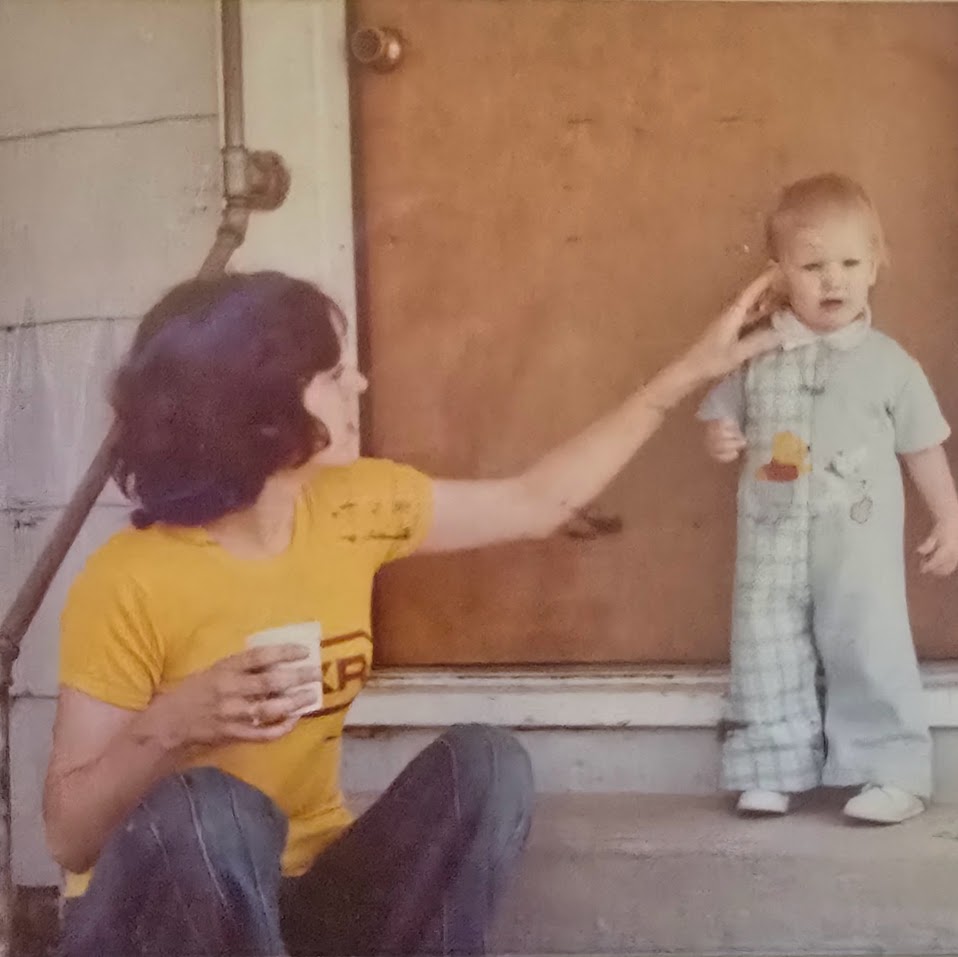

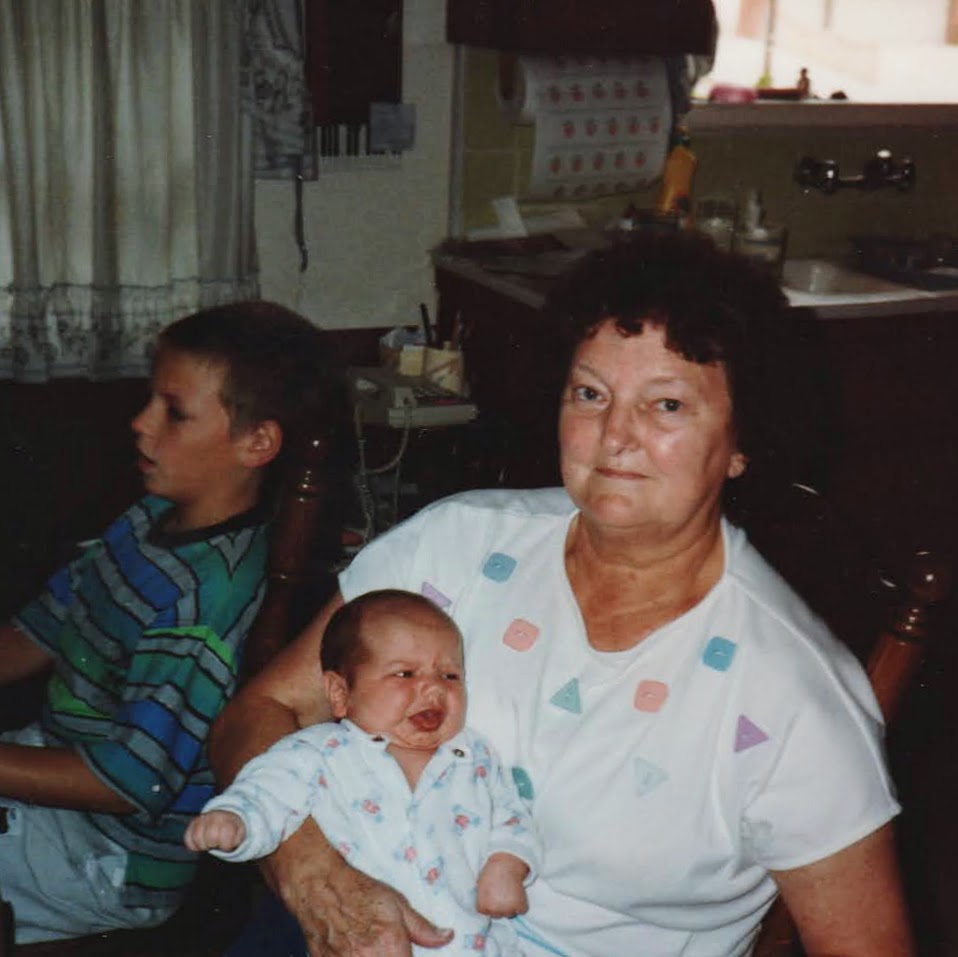

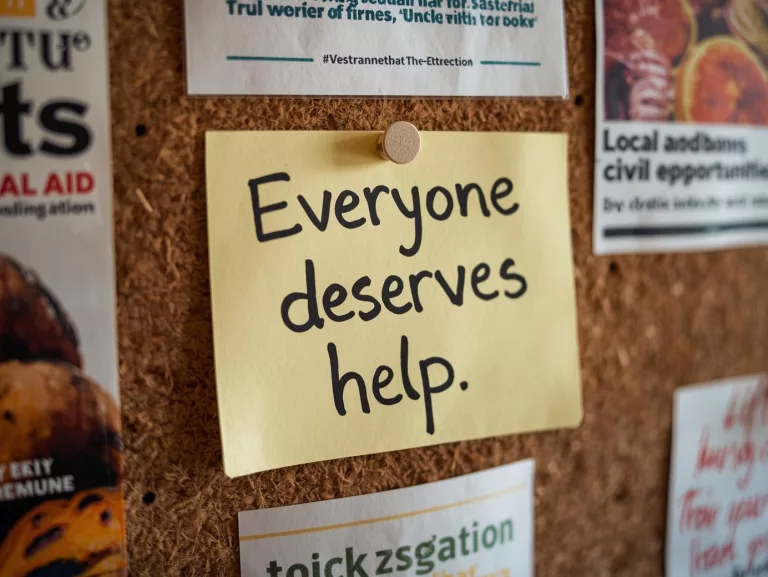

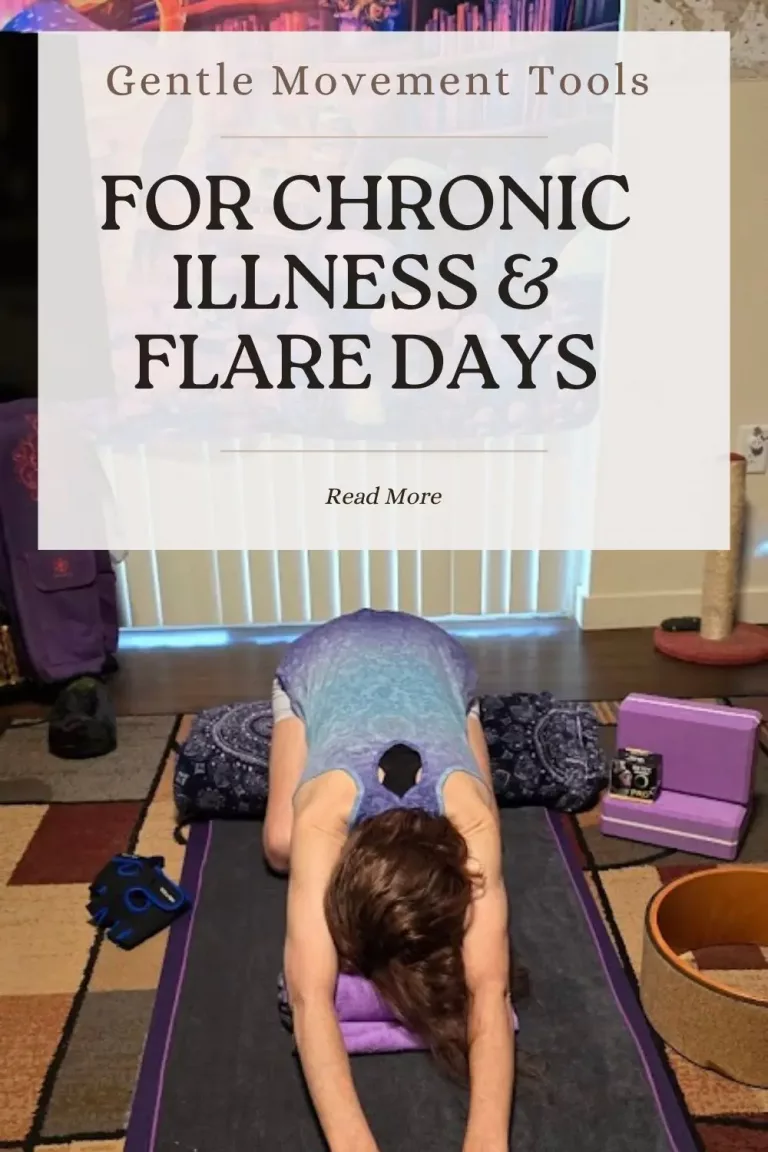

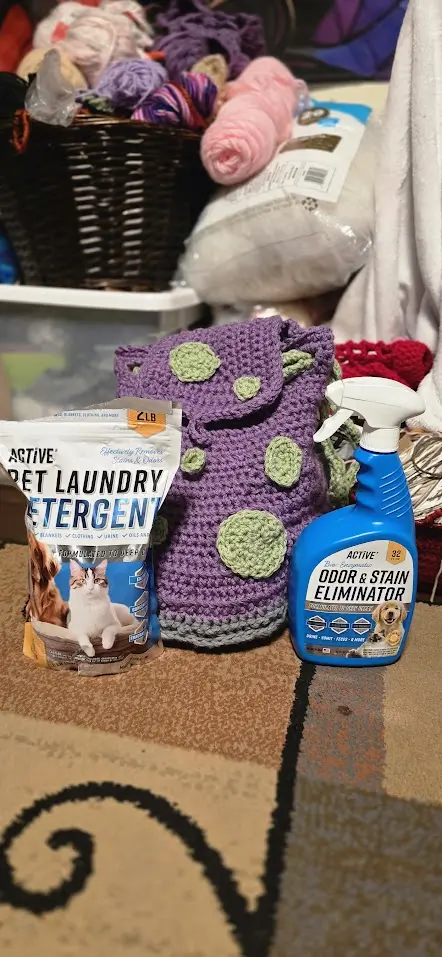
Such a wonderfully written explanation.
Your vibrant approach is absolutely refreshing — great work!
One of your best pieces yet — absolutely loved it.
This should be the standard for exciting writing — brilliant!
This post practically sparkles — incredible writing!
You have an incredible ability to inspire and excite!
Open the doors to the world of gambling entertainment and enjoy the game [url=https://ivibets-casino.com]online casino ivibet[/url]!
One of the key attractions of ivibet is its extensive game library.
I genuinely look forward to your content every time.
Your attention to detail really shines through.
This was a fantastic read — well done!
Thank you for sharing something so thoughtful and well crafted.
The effort you put into your content is admirable.
I love how you break things down so clearly.
I learned more from this than from many other blogs combined.
Your vibrant approach is absolutely refreshing — great work!
You’ve created something truly exciting here — well done!
This made me feel genuinely motivated — thank you!
Your enthusiasm makes this post unforgettable!
You’ve mastered enthusiastic writing — seriously brilliant!
Excellent post — concise, clear, and thoughtful.
This lit up my whole mood — thank you for this!
I appreciate how practical and helpful this post is.
I’m so glad I found this — what an exciting read!
I can’t get over how good this is — seriously impressive!
This was both informative and enjoyable — great combo!
I appreciate how much effort and care you put into this.
You’ve set the bar incredibly high — WOW!
I can’t believe how much I loved this — fantastic job!
This post is absolutely glowing with passion!
You’ve got a gift — this is stellar!
This post shines with passion and energy — fantastic!
This was exactly what I needed to read today.